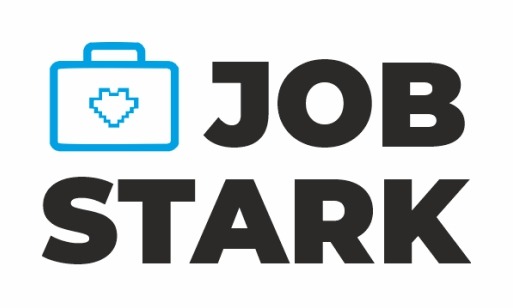Introduction: With the rise of remote work, it’s essential to create a dedicated workspace that promotes productivity, focus, and well-being. In this blog post, we will provide tips and insights on how to design an optimal remote work setup that supports your work goals and enhances your overall remote work experience.
- Find a Dedicated Workspace: Designate a specific area in your home as your remote work zone. Ideally, choose a quiet and well-lit space that can be solely dedicated to work-related activities. This helps create boundaries between work and personal life.
- Invest in Ergonomic Furniture: Ensure your workspace is equipped with ergonomic furniture to support your physical well-being. Invest in an adjustable chair, a height-adjustable desk, and ergonomic accessories like a keyboard and mouse. This helps maintain good posture and reduces the risk of musculoskeletal issues.
- Set up Proper Lighting: Good lighting is essential for productivity and reducing eye strain. Position your workspace near a natural light source, such as a window. If natural light is limited, consider investing in task lighting that provides adequate illumination.
- Declutter and Organize: A clutter-free workspace promotes clarity and focus. Keep your desk tidy by organizing cables, utilizing storage solutions, and minimizing distractions. Create a system for organizing documents, supplies, and equipment to optimize efficiency.
- Ensure a Reliable Internet Connection: A stable and fast internet connection is crucial for remote work. Invest in a reliable internet service provider and consider a backup plan in case of any outages. Test your connection speed regularly and troubleshoot any issues promptly.
- Utilize Noise-Canceling Headphones: If you work in a noisy environment, noise-canceling headphones can be a game-changer. They help block out distractions and create a focused work atmosphere. Choose a pair that is comfortable for extended use and offers high-quality sound.
- Create a Productive Digital Environment: Organize your computer desktop and digital files to improve efficiency and accessibility. Use productivity tools and applications to manage tasks, deadlines, and communication effectively. Explore digital note-taking and collaboration tools to streamline your workflow.
- Personalize Your Workspace: Make your remote workspace inspiring and personalized. Surround yourself with items that motivate and uplift you, such as plants, artwork, or meaningful mementos. Consider incorporating elements that reflect your personality and create a positive work environment.
- Establish Boundaries: Set clear boundaries with your household members to minimize interruptions during working hours. Communicate your schedule and expectations to ensure uninterrupted work time. Use visual cues like a “Do Not Disturb” sign to signal your availability.
- Prioritize Comfort and Well-being: Consider your comfort and well-being when designing your remote work setup. Incorporate elements like a comfortable chair, proper ventilation, and access to natural light. Take regular breaks, stretch, and prioritize self-care to maintain productivity and well-being.
Conclusion: Designing an optimal remote work setup is essential for creating a productive and comfortable work environment. By implementing these tips, you can optimize your workspace, reduce distractions, and enhance your remote work experience. Remember, a well-designed remote work setup sets the stage for success and supports your overall well-being as you navigate the world of remote work.

